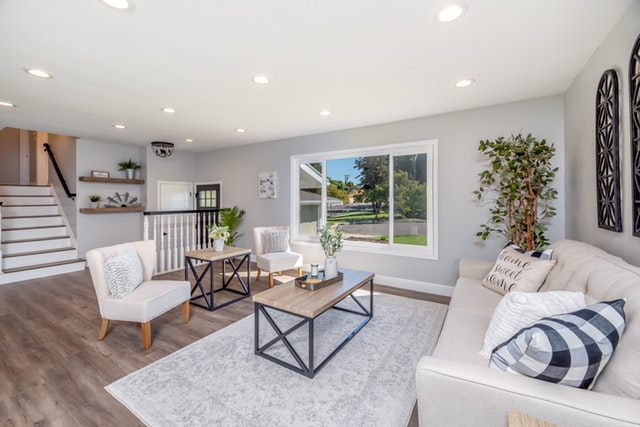What’s Ahead For Mortgage Rates This Week – October 31, 2022

Last week’s economic news included readings on home prices from S&P Case-Shiller home price indices along with sales of new homes and federal government data on inflation. Weekly readings on mortgage rates and jobless claims were also released.
S&P Case-Shiller Home Price Indices: Home Price Growth Slows in August
U.S home prices fell by 9.8 percent year-over-year in August according to S&P Case-Shiller’s National Home Price Index. National home prices fell by -5.3 percent in July. The 20-City Home Price Index rose 13.1 percent year-over-year but reflected readings from markets that were stronger in 2021. Miami. Florida, Tampa, Florida, and Charlotte, North Carolina held the top three spots for home price gains.
The Federal Housing Finance Agency, which oversees Fannie Mae and Freddie Mac, reported that home prices for homes owned or financed by the two government-sponsored mortgage organizations fell by -7.6 percent in August as compared to July’s reading of -7.3 percent.
The Commerce Department reported that new home sales fell by -10.9 percent to a seasonally-adjusted annual pace of 603,000 sales from August’s revised reading of 677,000 sales. High home prices and rising mortgage rates sidelined prospective buyers concerned about affordability and mortgage qualification requirements. Homebuilders have repeatedly cited rising materials costs and rising mortgage rates as reasons for scaling back new home construction. The good news is that September’s reading surpassed analysts’ expected reading of 593,000 new home sales. Sales of previously owned homes fell to 4.71 million sales on a seasonally-adjusted annual basis as compared to the expected reading of 4.70 million sales and 4.78 million sales of previously-owned homes in August.
Mortgage Rates Top 7 Percent as New Jobless Claims Fall
Freddie Mac reported higher average mortgage rates last week as the rate for 30-year fixed-rate mortgages rose 14 basis points to 7.08 percent. Rates for 15-year fixed-rate mortgages averaged 6.36 percent and were 13 basis points higher. Rates for 5/1 adjustable rate mortgages averaged 5.96 percent and rose 25 basis points. Discount points averaged 0.80 percent for 30-year fixed-rate mortgages and 1.40 percent for 15-year fixed-rate mortgages. Discount points for 5/1 adjustable rate mortgages averaged 0.30 percent.
New jobless claims fell to 214,000 initial claims filed as compared to the previous week’s reading of 226,000 first-time claims filed and the expected reading of 230,000 first-time claims filed.
What’s Ahead
This week’s scheduled economic news includes readings on construction spending, sales of previously-owned homes, and a statement from the Federal Reserve’s Federal Open Market Committee. Fed Chair Jerome Powell is also scheduled to give a post-meeting press conference.

 The “Golden Girls” trend got its name from the popular television sitcom about four elderly women who live together to share expenses. It is becoming a popular way in real life for elderly adults to share homeownership and it has many benefits.
The “Golden Girls” trend got its name from the popular television sitcom about four elderly women who live together to share expenses. It is becoming a popular way in real life for elderly adults to share homeownership and it has many benefits. Millennials are the first generation in America that will probably not be able to do as well as their parents. In the United States, there is not as much upward mobility as there was in the past. What is the cause of this?
Millennials are the first generation in America that will probably not be able to do as well as their parents. In the United States, there is not as much upward mobility as there was in the past. What is the cause of this? The Federal Open Market Committee of the Federal Reserve issued its scheduled post-meeting statement Wednesday. Policymakers unanimously decided to leave the target federal funds rate range unchanged at 1.50 to 1.75 percent.
The Federal Open Market Committee of the Federal Reserve issued its scheduled post-meeting statement Wednesday. Policymakers unanimously decided to leave the target federal funds rate range unchanged at 1.50 to 1.75 percent. Millennials are a huge socio-demographic group of over 83 million people. Many of them want to buy a home but face challenges that their parents did not necessarily have. Homes are more expensive. In most places, home prices rebounded to exceed the pre-2008 economic collapse values. Moreover, home prices continue to go up.
Millennials are a huge socio-demographic group of over 83 million people. Many of them want to buy a home but face challenges that their parents did not necessarily have. Homes are more expensive. In most places, home prices rebounded to exceed the pre-2008 economic collapse values. Moreover, home prices continue to go up.